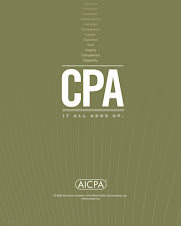A recent Tax Court case serves as a reminder and warning..taxpayers who can't substantiate their auto expenses will be denied a deduction. In the court case, a taxpayer who traveled for business and clearly was entitled to a deduction could not produce adequate evidence to substantiate his mileage, and the court denied him even a partial deduction.
If you take auto deductions and are audited one of the first things an IRS auditor will look at is documentation of mileage. The auditor realizes that most people don't take the time to meet the auto documentation rules.
You can "audit proof" your return if you know and follow the rules.
Here is a are the documentation requirements:
The IRS approves four methods to track business miles. All of them require "adequate records" or other sufficient evidence: to support business use. This means logging mileage at least weekly. If you are not using the "mileage method" you must keep receipts for all expenses over $75.
1. "Brute Force." Record every business mile for the year. Divide by the year's total miles to calculate your Business Use Percentage (BUP). (If you use more than one car for business this is the method that you must use.)
2. "90 Days." Record business mile for a "typical" 90-day period. Calculate BUP for that period and use it for the entire year.
3. "First Week." Record business miles for the first week of each month and calculate the result for the entire year.
4. "Simplified." Record the starting and ending mileage for a 90-day period. Record personal and commuting miles for that period and assume all the rest are for the business. Calculate BUP and use it for the entire year.

Saturday, April 11, 2009
Subscribe to:
Post Comments (Atom)


No comments:
Post a Comment